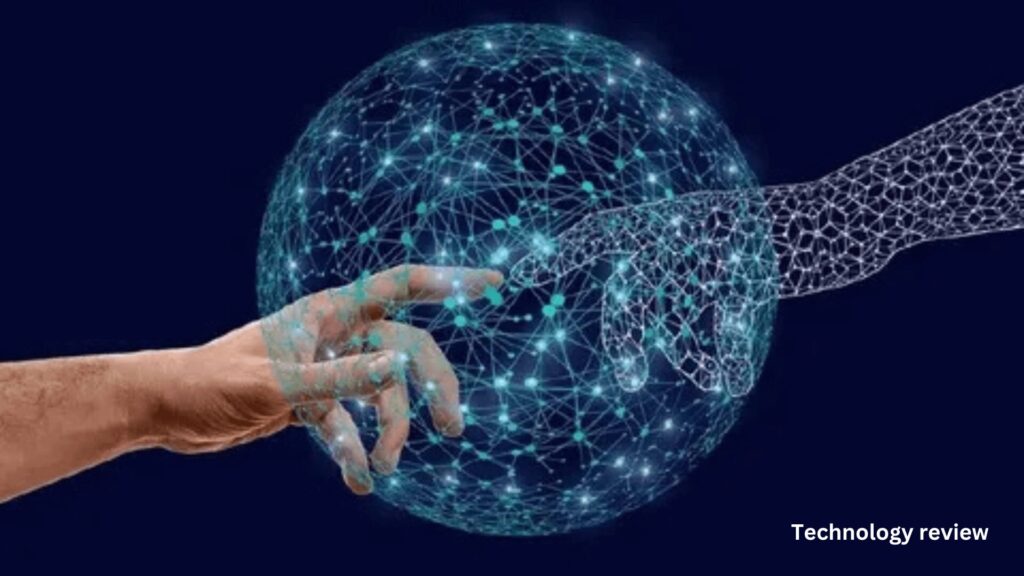Have you ever wondered how companies protect their digital assets from unauthorized use? Enter watermarking technology – a powerful tool for safeguarding intellectual property in the digital age. As you navigate the increasingly complex world of online content, understanding watermarking is essential. This article will explore the various uses, methods, and applications of watermarking technology. You’ll discover how businesses embed hidden data into images, videos, and documents to prove ownership and deter theft. By the end, you’ll have a comprehensive grasp of this critical digital rights management technique and its importance in today’s content-driven landscape.
What is Watermarking Technology?
Watermarking technology is a powerful tool used to embed invisible or visible information into digital content. This innovative technique serves multiple purposes, from protecting intellectual property to verifying authenticity. By integrating unique identifiers into various media types, watermarking provides a robust solution for content creators and distributors alike.
Digital Fingerprinting
At its core, watermarking acts as a digital fingerprint. It allows content owners to embed identifying information directly into their work, whether it’s an image, video, audio file, or document. This embedded data remains intact even after the content undergoes various transformations or edits, ensuring that the original creator can always be identified.

Invisible vs. Visible Watermarks
Watermarking technology offers two primary approaches: invisible and visible watermarks. Invisible watermarks are imperceptible to the human eye but can be detected using specialized software. These are ideal for covert tracking and copyright protection. Visible watermarks, on the other hand, are intentionally noticeable and often used as a deterrent against unauthorized use.
Applications in Al Technology
As Al technology continues to advance, watermarking has found new applications. It’s now being used to identify Al- generated content, helping to maintain transparency and accountability in the digital realm. This integration of watermarking with Al showcases the adaptability and ongoing relevance of this technology in our rapidly evolving digital landscape.
Watermarking Methods and Techniques
Watermarking technology has evolved significantly, offering various methods to protect digital content. Understanding these techniques is crucial for implementing effective watermarking solutions.
Visible Watermarking
Visible watermarking involves adding a transparent overlay to images or videos. This method is straightforward and acts as a deterrent to unauthorized use. However, it can compromise the visual quality of the content.
Invisible Watermarking
Invisible watermarking embeds information imperceptibly within the content. This technique preserves the original quality while providing robust protection. It’s particularly useful for copyright protection and content tracking.
Robust vs. Fragile Watermarks
Robust watermarks resist various transformations and attacks, making them ideal for copyright protection. Fragile watermarks, on the other hand, are designed to be easily destroyed, serving as indicators of content tampering.
Al-Powered Watermarking
Recent advancements in Al technology have revolutionized watermarking techniques. Machine learning algorithms can now create more sophisticated and adaptive watermarks, enhancing both security and imperceptibility. This cutting-edge approach is particularly effective in combating increasingly sophisticated attempts at watermark removal or circumvention.
By leveraging these diverse watermarking methods, content creators and distributors can better protect their intellectual property in the digital age.
Applications of Watermarking in Various Industries
Watermarking technology has become an integral part of numerous industries, offering protection and authentication across diverse fields. From digital media to manufacturing, this versatile technique serves multiple purposes, enhancing security and traceability.
Digital Media and Entertainment
In the realm of digital content, watermarking plays a crucial role in copyright protection. Music, movies, and images often contain invisible watermarks that help identify the rightful owners and deter unauthorized distribution. This application of watermarking technology has become increasingly important in the age of easy digital sharing and piracy.
Publishing and Document Management
The publishing industry utilizes watermarking to safeguard intellectual property. E-books, academic papers, and confidential documents often incorporate digital watermarks to track their origin and prevent unauthorized copying. This not only protects authors’ rights but also helps in managing document workflows and version control.
Manufacturing and Product Authentication
Watermarking extends beyond the digital world into physical products. Manufacturers embed watermarks in packaging, labels, and even the products themselves to combat counterfeiting. This application of the technology ensures product authenticity, enhances brand protection, and facilitates supply chain tracking.
Al Technology Integration
As Al technology advances, it’s revolutionizing watermarking techniques. Machine learning algorithms can now create more robust and adaptive watermarks, making them harder to remove or tamper with. This synergy between Al and watermarking is opening new avenues for data protection and content verification across industries.
The Future of Watermarking with Al Technology
As technology continues to advance, the future of watermarking is becoming increasingly intertwined with artificial intelligence. Al-powered watermarking techniques are revolutionizing the way we protect and authenticate digital content.
Enhanced Invisible Watermarking
One of the most promising applications of Al in watermarking technology is the development of sophisticated invisible watermarks. These imperceptible marks can be embedded within images, videos, and audio files without compromising quality. Al algorithms can adapt the watermark to the unique characteristics of each piece of content, making it more resilient to removal attempts.
Adaptive Watermarking Systems
Al is enabling the creation of adaptive watermarking systems that can automatically adjust to different types of content and potential attacks. These intelligent systems analyze the media in real-time, selecting the most effective watermarking method based on the specific attributes of the file and anticipated threats.

Blockchain Integration
The combination of Al and blockchain technology is opening up new possibilities for watermarking. By leveraging blockchain’s immutable ledger, Al-powered watermarking systems can create tamper-proof records of content ownership and usage. This integration enhances the security and traceability of digital assets across various platforms.
As Al technology continues to evolve, we can expect even more innovative applications in the field of watermarking, further strengthening the protection of intellectual property in the digital age.
Watermarking FAQs
What is watermarking technology?
Watermarking technology is a method of embedding hidden information into digital content such as images, videos, or audio files. This invisible data serves as a unique identifier, helping to protect intellectual property and verify content authenticity. As digital content becomes increasingly prevalent, watermarking has emerged as a crucial tool in the fight against piracy and unauthorized use.
How does Al technology enhance watermarking?
Al technology has revolutionized watermarking techniques, making them more robust and effective. Machine learning algorithms can now adapt watermarks to specific content types, ensuring optimal invisibility while maintaining detectability. This advanced approach allows for more secure and resilient watermarks that can withstand various forms of manipulation or compression.
What are the primary applications of watermarking?
Watermarking finds applications across numerous industries. In media and entertainment, it helps protect copyrighted material from unauthorized distribution. For digital forensics, watermarks can trace the origin of leaked documents. In e-commerce, they verify the authenticity of digital products. As technology advances, new uses for watermarking continue to emerge, making it an invaluable tool in our digital landscape.
Conclusion
In conclusion, watermarking technology offers powerful solutions for protecting digital content and verifying authenticity across many applications. As you’ve seen, watermarks can be embedded in various media types using both visible and invisible techniques. While no method is foolproof, watermarking provides an important layer of security and traceability. As digital content continues to proliferate, expect watermarking to play an increasingly vital role in safeguarding intellectual property, deterring unauthorized use, and maintaining content integrity. By understanding the principles and applications of watermarking, you’ll be better equipped to implement appropriate solutions and navigate the evolving digital landscape. Consider how watermarking could enhance your own digital assets and workflows.



